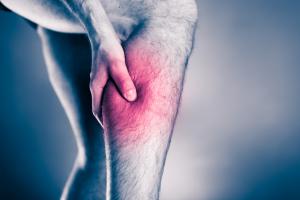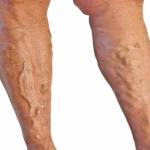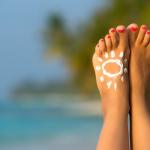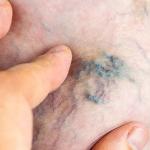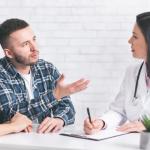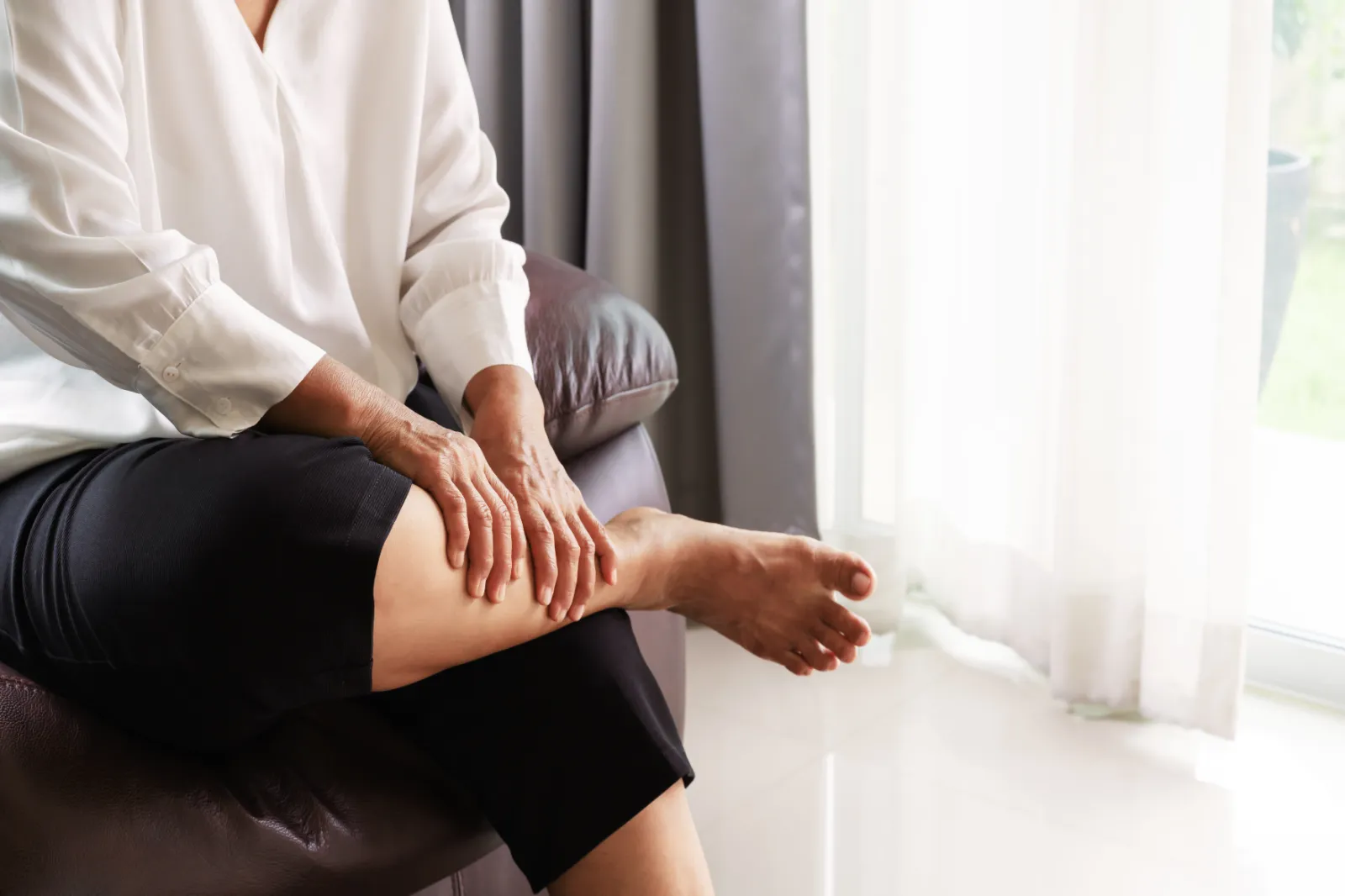
Are you ever woken up in the middle of the night because of painful leg cramps? Many potential explanations behind this unpleasant experience include muscle fatigue, dehydration, and low levels of certain nutrients. You may be surprised to learn of yet another possible culprit: sometimes, varicose veins cause leg cramps.
If you suffer from varicose veins and leg cramps at night, we want you to know that there’s help available. You do not need to live with pain and discomfort any longer. Here’s what you should know about leg cramps due to varicose veins and how to discover long-lasting relief.
Could Your Varicose Veins Cause Leg Cramps?
Leg cramps are just one symptom of vein disease or venous insufficiency, the underlying condition that leads to varicose veins. Other common symptoms include leg pain, swelling, fatigue, burning, and itching. If you have venous insufficiency, you may also experience pain relief when you elevate your legs.
Vein disease occurs when tiny vein valves in your legs become damaged and cannot circulate your blood effectively. Many factors can contribute to this type of damage, including your genetics and lifestyle. Once venous insufficiency develops, malfunctioning veins can lead to blood pooling in certain areas. This can result in the eventual appearance of varicose and spider veins.
But why do varicose veins cause leg cramps? Here’s what happens.
The blood that pools in your legs is deoxygenated blood containing little oxygen and many toxins. When your leg veins are healthy, this deoxygenated blood returns to the heart to be replenished with oxygen and nutrients. When the blood instead pools in your legs, these toxins can leak into surrounding muscle and tissue. This pooling can lead to painful leg cramps, most commonly in the calves.
Varicose veins and leg cramps in pregnancy can often develop. In pregnant women, varicose vein symptoms tend to resolve on their own during the months following childbirth. Venous insufficiency can cause progressively painful or uncomfortable symptoms and dangerous health conditions when left untreated.
Dangerous health conditions that can occur include developing venous ulcers, a type of open, non-healing wound that can leave you prone to serious skin and blood infections. If you have varicose veins, you may also be at increased risk for Deep Vein Thrombosis (DVT), a potentially life-threatening ailment. If you experience any signs of DVT, please seek emergency medical care immediately.
To determine whether varicose veins are behind your leg cramps, we recommend visiting your doctor or a vein specialist. A physical exam and vascular imaging can help provide an accurate explanation for your leg cramping.
TAKE OUR QUIZ TO EVALUATE YOUR VEIN HEALTH
How to Relieve Leg Cramps Caused by Varicose Veins
If varicose veins cause your leg cramps, we want you to know that you have options. We typically suggest lifestyle modifications to help alleviate your symptoms and prevent additional venous issues. However, to get to the root of the problem, we often recommend minimally-invasive vein treatment as the best course of action.
To relieve your leg cramps due to varicose veins, try the following:
- Maintain a healthy Body Mass Index (BMI): Being obese or overweight can place additional strain on weak vein valves. To relieve this strain and improve venous symptoms, it can help to lose any excess weight.
- Exercise regularly: Physical activity can boost blood circulation and reduce problems associated with varicose veins and leg cramps at night. A walking routine may be especially beneficial to help alleviate painful leg cramping.
- Move around frequently: Along with your regular exercise sessions, try to get up and move around as much as possible throughout the day. Inactivity is a significant risk factor for developing vein disease.
- Stretch your legs: When you can’t get away from your desk, we suggest stretching out your legs. You can experiment with ankle rotations, tippy toes, and calf stretches.
- Eat a healthy diet: Focus on eating a well-rounded diet rich in fruits and vegetables, whole grains, lean proteins, and low-fat dairy products. Avoid or limit sodium, added sugars, and alcohol.
- Stay hydrated: Drinking enough fluids can help relieve symptoms like leg swelling and cramping. Expert tip: Fill up reusable water bottles with an appropriate amount in the morning. Then, commit to drinking it all by the end of the day.
- Don’t smoke: Smoking can constrict your blood vessels and worsen symptoms of venous insufficiency. If you need help quitting, ask your doctor about effective smoking cessation programs.
- Manage other health conditions: Underlying health conditions like high blood pressure and diabetes can make your leg cramps even worse. Work with your doctor to control these issues and improve your vein health.
- Wear compression socks: Using lower extremity compression during the day can help prevent leg cramping at night. Your vein specialist can prescribe the right level of compression for you.
- Elevate your legs: Vein symptoms tend to get worse as the day goes on. Propping your feet up on some pillows or a piece of furniture can help alleviate your suffering. You can do this whenever you desire, but it may be especially beneficial in the evenings.
- Apply moderate heat: You may find that applying a hot water bottle or electric heating pad to your calves helps relieve cramping. Just make sure that your heat source is warm (not hot!) since too much heat can increase symptoms. Along these lines, avoid hot tubs and hot baths.
- Avoid prolonged standing or sitting: If you have a job that requires long periods of standing or sitting, you may be at greater risk for vein disease. Be sure to move around, stretch, and massage your calves as often as possible.
- Ask your doctor about vein treatment: Although the above remedies may help reduce your leg cramps, only vein treatment can address the underlying cause. Fortunately, a range of minimally-invasive, outpatient methods exists that can have you feeling much better, with little downtime.
Minimally-Invasive Vein Treatment at USA Vein Clinics
At USA Vein Clinics, we offer specialized vein care and treatment. Our state-of-the-art techniques and top-rated doctors can quickly help you return to normal daily activities. Our vein treatments are performed in 90 clinic locations across the country and take only 15 to 30 minutes. Afterward, you can immediately return to most normal activities.
To learn whether varicose veins are behind your painful cramps and other leg symptoms, schedule a consultation today. We look forward to helping you improve your vein health. Soon, you can once again experience a good night’s sleep!

